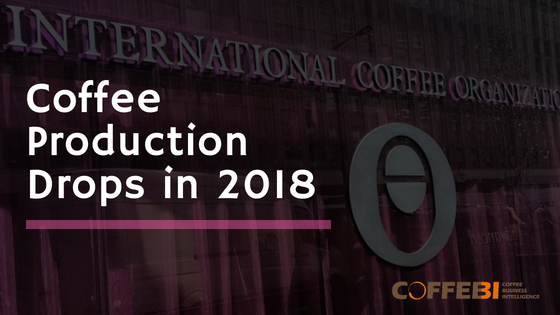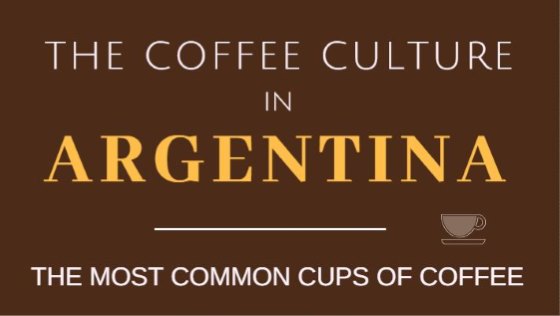Can water have a huge influence on the way coffee tastes? It has always been clear that, with it being 98% water, water is the most important ingredient in coffee preparation, but, nowaday,s its importance is clearly definable by Specialty Coffee Association (SCA) Standards. SCA standards for minerals: Total hardness of 50-175 ppm CaCO3 (2,9-9,8 dH°) Carbonate hardness of 40-75
Coffee Quality: How Much of it is the Water?










